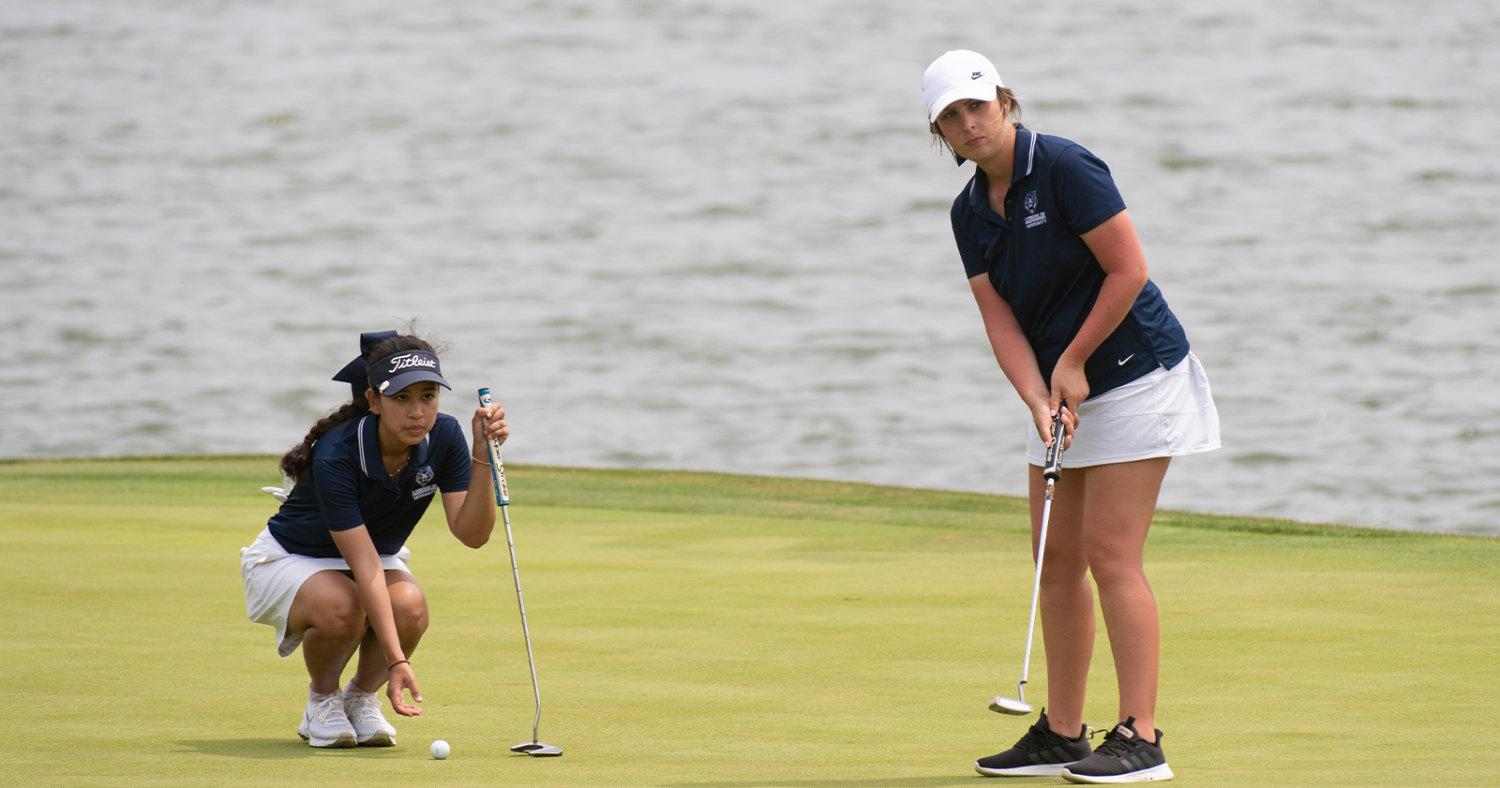Here’s what we cover:
My story originally appears on PGA.com on 4/26/22
Like all successful professionals that notch victories, putting well is a theme that rings true for the vast majority. One of the big keys to being a great putter is having the ability to adjust to different green speeds. Beyond being able to figure out the speed, great putters can adjust to different grass types. The three main varieties we hear about are Bermuda, Bent, and Poa Annua.
What exactly are each of these types? What are some tricks to putting well on them? Let’s take a look…
Bermuda Grass Greens
A warm season grass, typically found in southern states in the US, Bermuda thrives in the heat. One of the biggest characteristics of this grass type as it relates to putting is the fact that it is very “grainy” as compared to Bent Grass. Grain is basically the direction the grass grows. Putts going into the grain will be slower and putts going down grain will be faster. This is in addition to any slope a green may have, either based on natural contours, or ones created by shaping by the architect/designer.
I grew up playing golf in upstate New York, on Bent Grass greens, so when I moved to Central Florida in 1996, it took me some time to get used to Bermuda Grass on and around greens, which incidentally can create problems with chipping and pitching. Especially with into the grain shots.
I learned to look at the slight differences in the color shading in the greens. Into the grain is a little duller shade of green, and down grain has a little smoother look. I also look at the burned out, brownish areas around the edges of the cup. That worn-out grass shows you the direction that the Bermuda is growing.
Bent Grass Greens
A cool season grass, typically found in the Northeast, Upper Midwest, and the Northwest, Bent Grass has a thin grass blade that is very dense in its growth. There is no grain to this variety and because it stands up vertically, it can be very closely mown, creating smooth and fast putting surfaces.
As I mentioned, these were the greens I grew up playing. What I found about them was because they were smoother and quicker, putts held their line much better. I would generally play much more break on Bent Greens than I now do on Bermuda. Hands down Bent Grass is the easiest of the three main varieties of putting surfaces to play. If you have the line and your speed is good, you have a great chance at putting well.
Poa Annua Greens
In certain parts of the country, mostly cool season areas, Poa Annua, commonly known as Annual Bluegrass, is a grass that can indeed create nice putting surfaces, like the before mentioned Bent Grass variety greens. However, we typically hear about the problems golfers find with putting on these types of putting surfaces.
Here is the problem: because there are hundreds of different varieties of Poa that often mix together, the surfaces may look spotty, with lighter and darker shades of green. They also can get very bumpy because of the inconsistency of the various varieties on the same surface.
As the day wears on and more foot traffic walks on these surfaces, they tend to get more and more bumpy as well. Some golf courses do indeed attempt to control the growth of Poa over the more desirable Bent Grass but Poa is a very hardy, aggressive and hard to control variety when trying to keep it from dominating over Bent.
For some of those same reasons, the hardiness in particular, some Superintendents and course leadership decide to go full out with Poa being the surface of choice. The most famous course with Poa greens is a little place called Pebble Beach.
Playing on Poa greens requires a lot of patience. Many say that the most trouble is found on shorter putts and getting the ball to hold its line. With that said, having a confident stroke, with a shorter backstroke and more accelerating follow through, is a great approach to have on Poa Greens.


